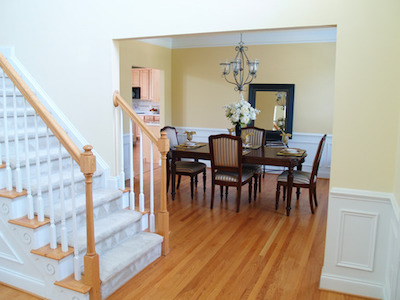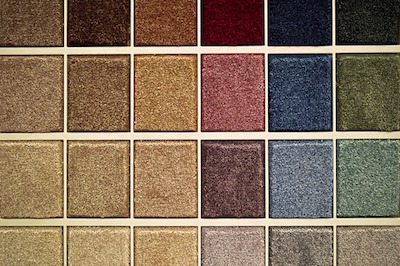Trends New Home Buyers Want In Flooring
Want to know what’s happening in the world of flooring? Carpeting is getting softer, wood is taking on a variety of new looks, and vinyl is turning into one of the most luxurious, popular floor products on the market today.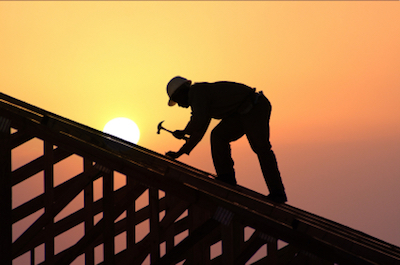
What’s driving the popularity of luxury vinyl is the increase in technology that makes just about any look possible on a vinyl floor. With extraordinary photo technology, any material can be mimicked and reproduced, giving you the benefits that come along with vinyl, only with a clean, lush look. If you haven’t looked at vinyl in awhile, you’ll be surprised at the options. It can be installed in sheet format, though increasingly squares and planks are used as well. Wood in the living room, marble in the bathroom – really anything goes when it comes to today’s vinyl options.
But it doesn’t stop there. We know here in Colorado, people love wood. And with open concept living space, wood can be seen throughout the home. But it’s not just the standard woods anymore. Preferences in hardwoods are leaning toward darker stains. Gray tones are becoming increasingly popular. We also see trends towards larger planks, planks that come in multiple sized pieces, and flooring with exotic woods – hickory, cherry, or walnut. And it’s not just the same old smooth planks either. A wood floor that has been hand scraped and hand textured can completely change the look and feel of a room. You can even dip into environmentally friendly wood flooring with the use of bamboo.
Then we turn to carpeting. Carpeting has seen its share of problems over the years. Some may say it has longevity problems. Some may say it isn’t environmentally friendly. Yet with today’s technology, those things are changing like never before. Today, every manufacturer is greening up their technology. You’ll find companies that recycle nylon or melt down polyester to make new fibers over and over again. They are creating new fiber lines that use up to three times the number of fibers in a more traditional carpet, meaning its softer and more durable than ever before. And because of the color and pattern choices, if you prefer carpet in some areas of your home, you’re going to love the look you discover when you visit our showroom floor.
Is this the year you replace your flooring for a new, updated look?
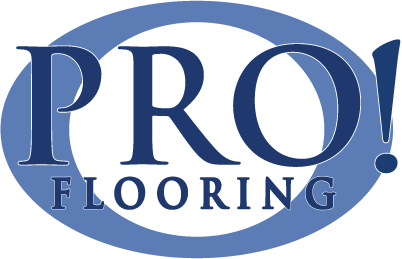

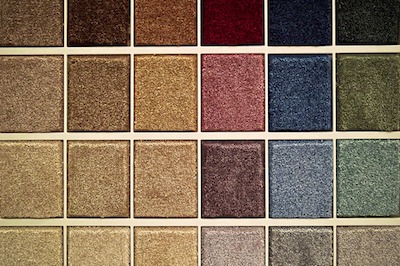 Currently about 80 percent of padding sold is made from bonded foam, which is constructed of foam scraps left over from the manufacturing process of things like furniture, mattresses, even automobile components. In many cases, the scraps also come from scrap generated by the foam making process. It can include recycled and post-consumer foam.
Currently about 80 percent of padding sold is made from bonded foam, which is constructed of foam scraps left over from the manufacturing process of things like furniture, mattresses, even automobile components. In many cases, the scraps also come from scrap generated by the foam making process. It can include recycled and post-consumer foam.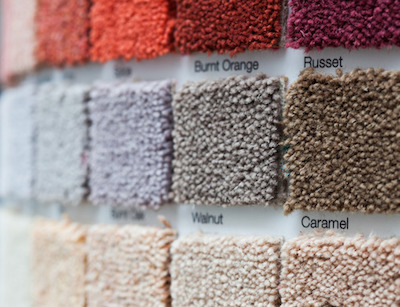

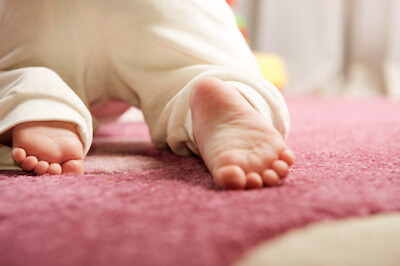 Because it’s something you purchase infrequently, don’t make common mistakes and regret your purchase almost as soon as it’s installed. These are the most common mistakes we see people making; avoid these and you’ll love your purchase from the moment it’s installed.
Because it’s something you purchase infrequently, don’t make common mistakes and regret your purchase almost as soon as it’s installed. These are the most common mistakes we see people making; avoid these and you’ll love your purchase from the moment it’s installed.